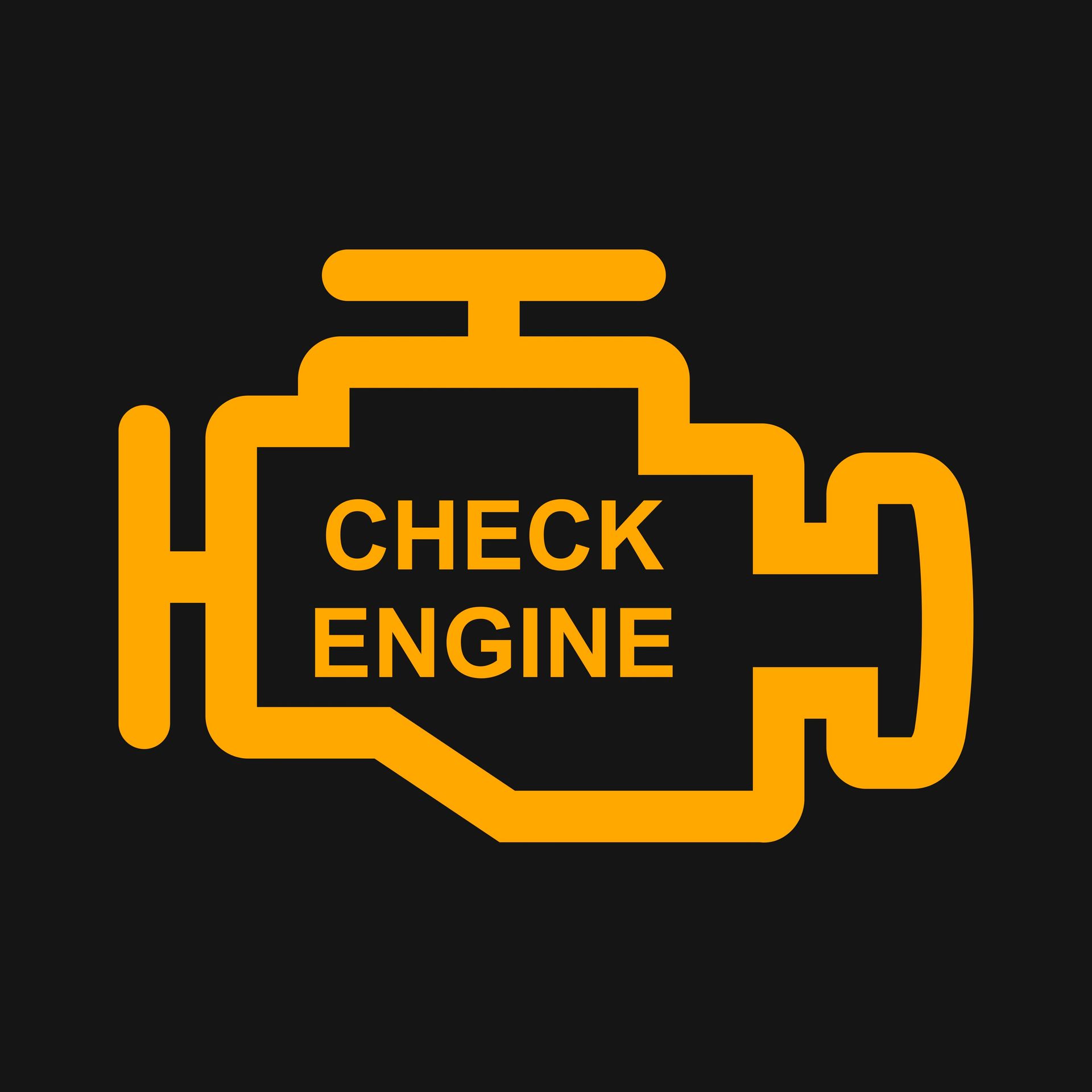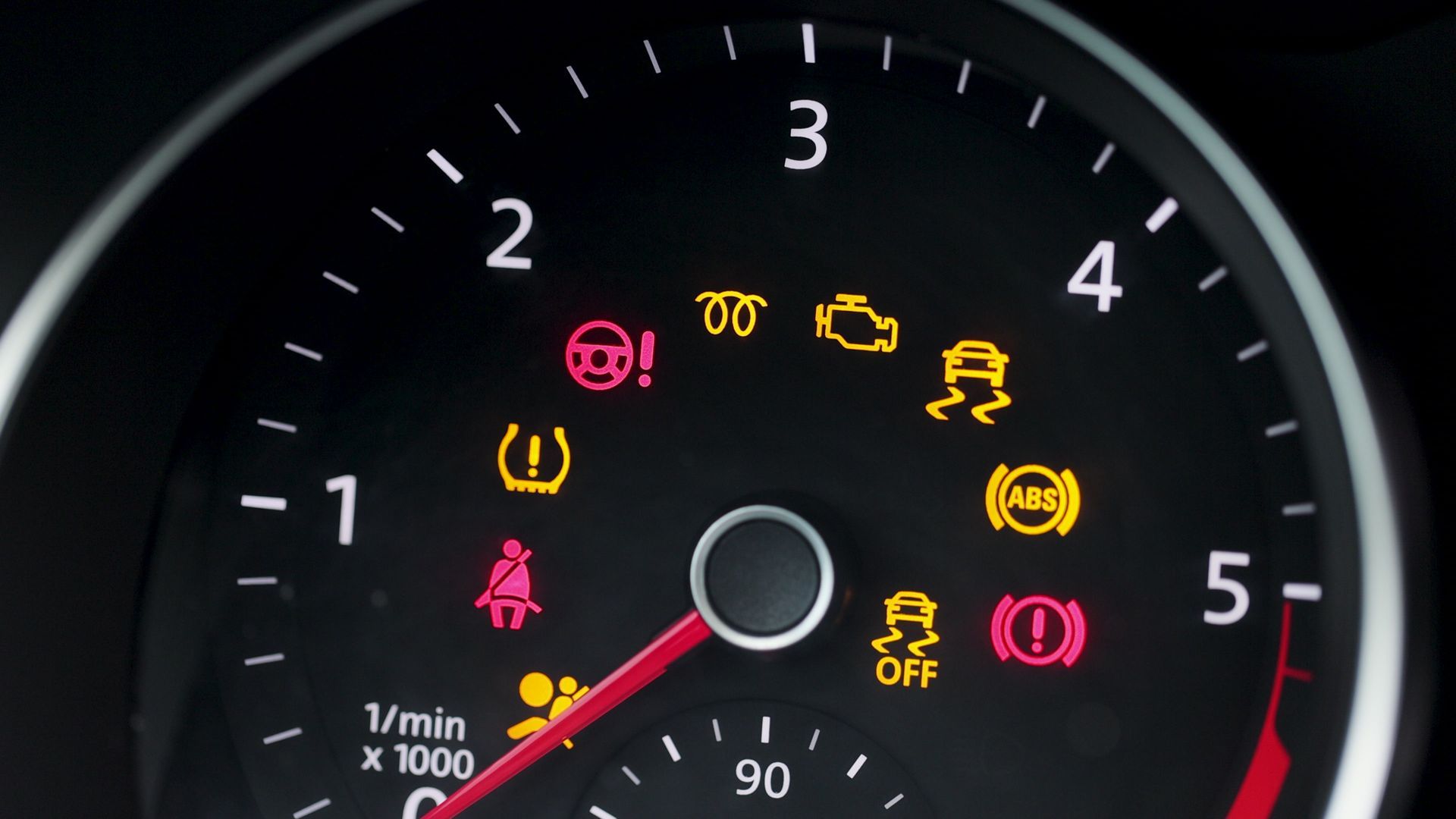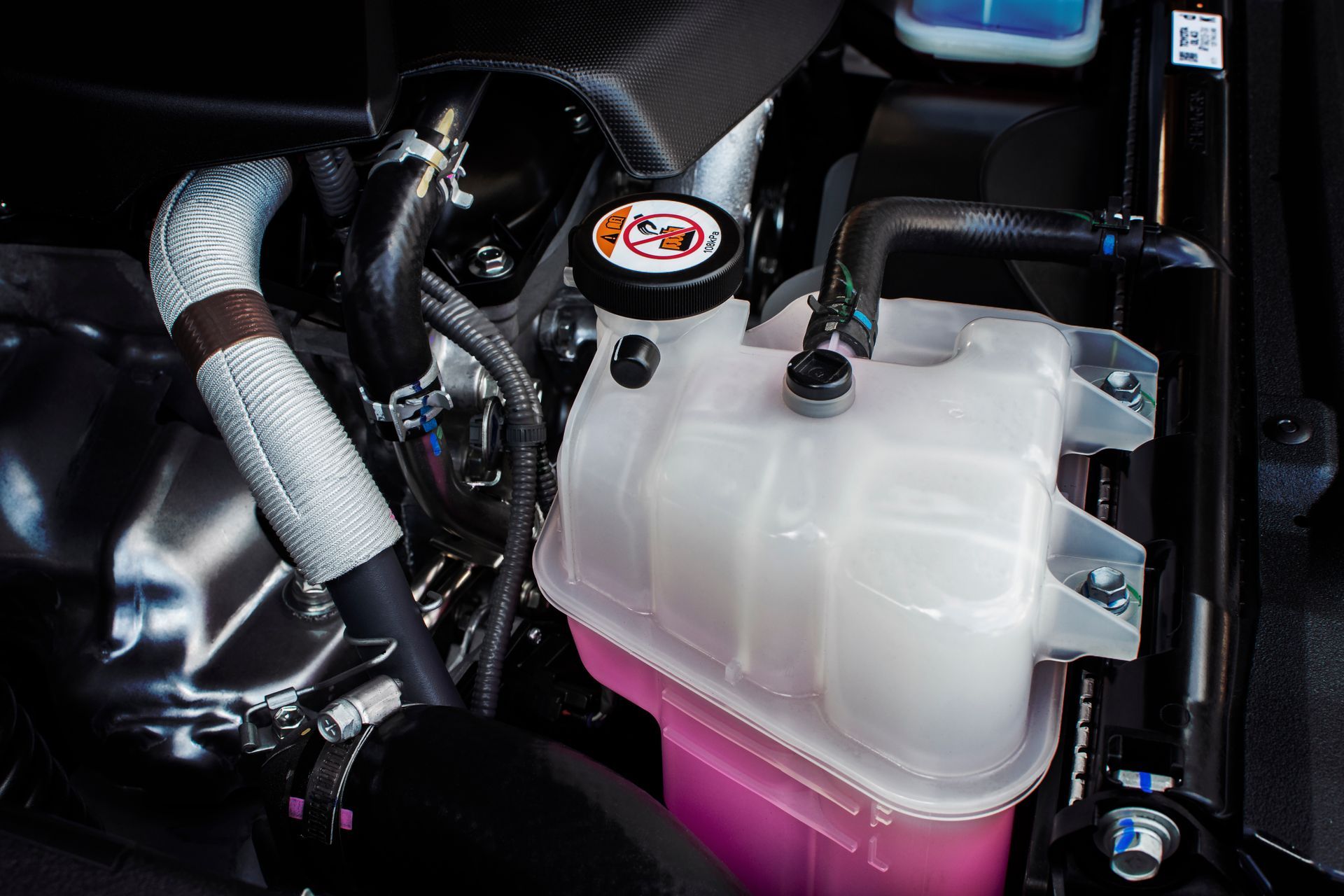You’re behind the wheel of your European car, focused on the road ahead when suddenly, a glaring light on your dashboard demands attention – the TPMS light. In this blog, we’ll solve the mystery behind this warning signal. From understanding what triggers it to practical fixes, we’ll ensure you’re back on the road in no time.
A Brief Overview of TPMS
TPMS stands for Tire Pressure Monitoring System, a feature found in most modern vehicles, including European cars. Its primary function is to alert drivers when the air pressure in one or more of their tires is significantly underinflated. This system is important for maintaining optimal tire performance, fuel efficiency, and overall safety on the road.
Why Your TPMS Light Might Be On
There are several reasons why your TPMS light might illuminate:
- Low Tire Pressure: The most common reason the TPMS light comes on is low tire pressure. This could be due to a slow leak, temperature changes, or simply neglecting to check and maintain proper tire inflation.
- Faulty Sensor: Sometimes, the TPMS sensor itself may malfunction, leading to inaccurate readings and the illumination of the warning light.
- Battery Failure: TPMS sensors are powered by batteries that have a limited lifespan. When these batteries fail, the sensor can no longer communicate with the vehicle’s onboard computer, triggering the warning light.
- System Calibration: In some cases, the TPMS system may need to be recalibrated, especially after tire rotations, replacements, or repairs.
How to Fix a TPMS Light On in Your European Car
Now that you know why your TPMS light might be on, let’s explore how to fix it:
- Check Tire Pressure: Start by manually checking the air pressure in each tire using a reliable pressure gauge. Inflate any tires below the recommended pressure level according to your vehicle’s specifications.
- Inspect for Damage: While you’re checking the pressure, take the opportunity to inspect your tires for any signs of damage, such as punctures, cuts, or bulges. If you find any issues, have them addressed promptly by a qualified technician.
- Replace Faulty Sensors: If low tire pressure isn’t the issue, it’s possible that one of your TPMS sensors is faulty and needs to be replaced. A professional mechanic can diagnose the problem and install a new sensor if necessary.
- Reset the System: In some cases, simply resetting the TPMS system may resolve the issue. Refer to your vehicle’s owner’s manual for instructions on how to perform a system reset, or consult with Snider Automotive for assistance.
Don’t let a blinking TPMS light dim your driving experience. Trust Snider Automotive to diagnose and resolve your TPMS issues efficiently. Book your visit now.










